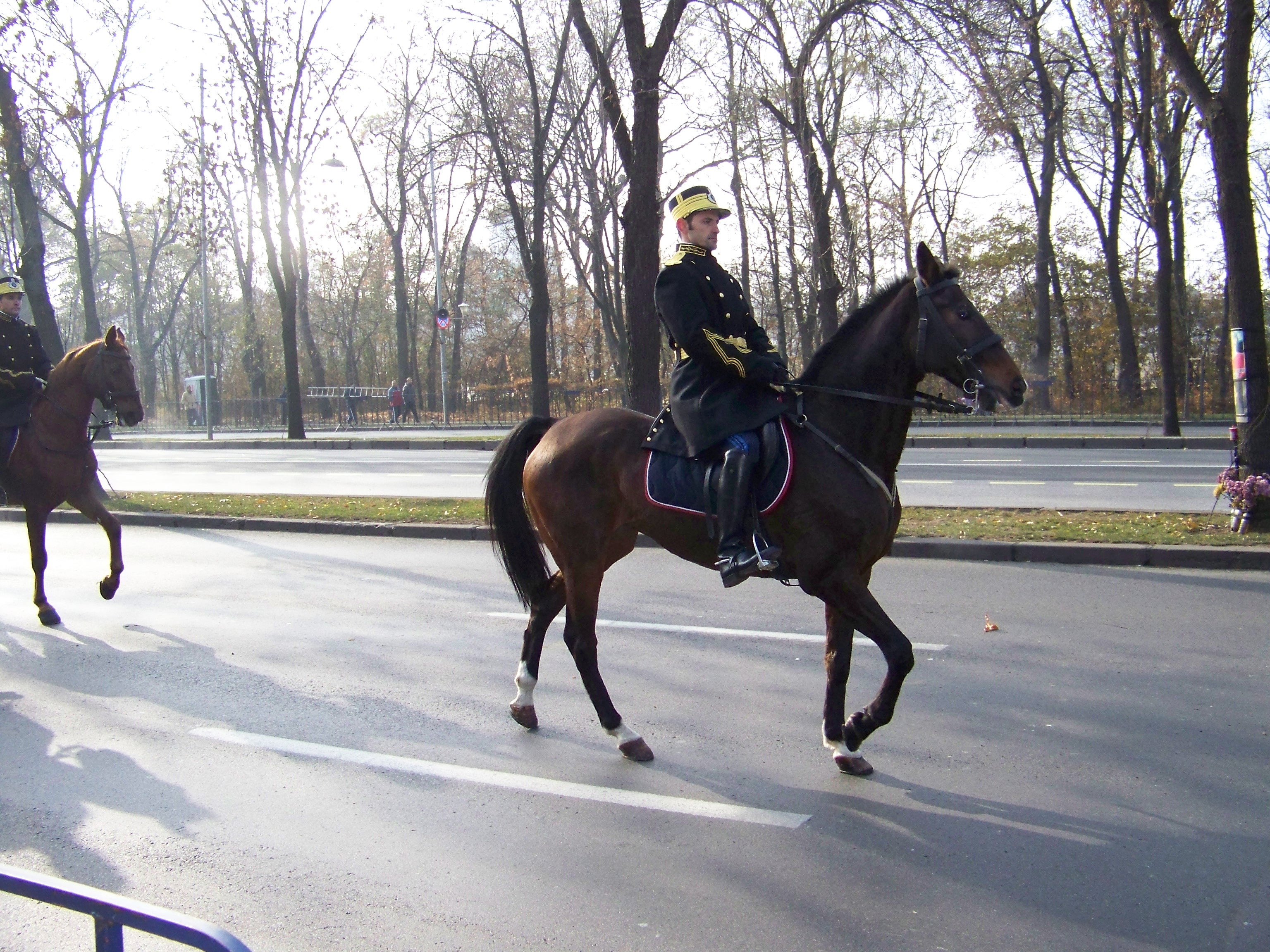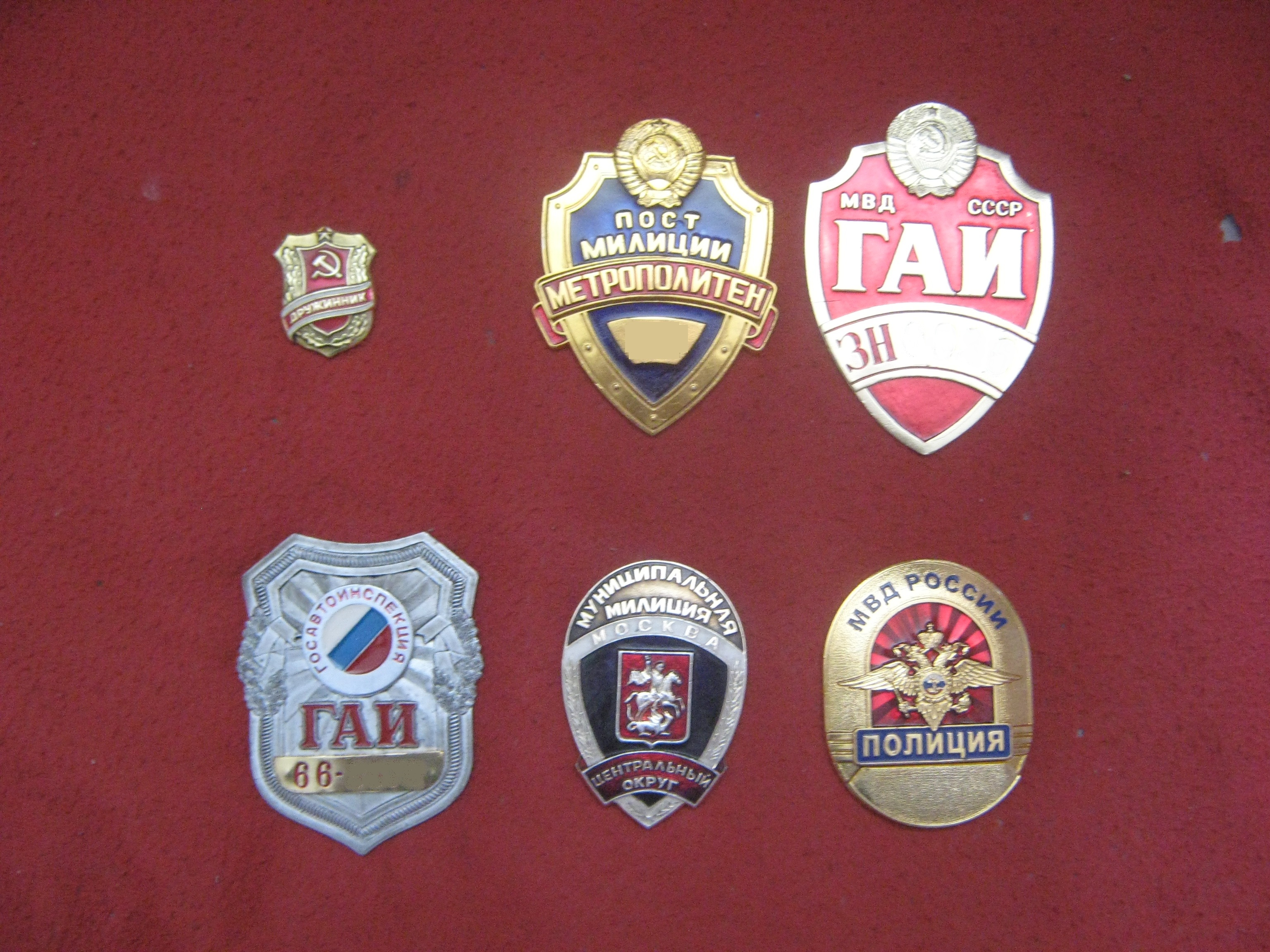|
Miliția (Romania)
The Miliția ( ro, Miliția) was the police force of Communist Romania. Establishment and structure Miliția was established by decree in January 1949; the decree simultaneously disbanded the Romanian Police and Gendarmerie, considered “bourgeois” institutions. It was part of the Interior Ministry and directly controlled by the ruling Romanian Workers’ Party. Its employees held military rank. Of the initial 35,000 members, 161 were university graduates, 9,600 had completed fourth grade or less, while 7,800 had six or seven grades of schooling. Meanwhile, the existing police were purged of pre-1945 ''Siguranța'' agents beginning in 1948, when over 1000 were imprisoned; informers were retained. Roxana Tarhon“Cum arătau și cine erau cei care asigurau ordinea în societatea comunistă” TVR, 28 April 2020 By 1951, 98% of the old policemen had been expelled, imprisoned or killed. [...More Info...] [...Related Items...] OR: [Wikipedia] [Google] [Baidu] |
Gendarmerie (Romania)
The ''Jandarmeria Română'' () is the national Gendarmerie force of Romania, tasked with high-risk and specialized law enforcement duties. It is one of the two main police forces in Romania (the other being the Romanian Police - a civilian force), both having jurisdiction over the civilian population. The gendarmerie is subordinated Ministry of Internal Affairs and does not have responsibility for policing the Romanian Armed Forces. This duty lies with the Military Police subordinated to the Romanian Land Forces. History The beginnings The first Gendarmerie corps was created on 3 April 1850 in Moldavia by Prince Grigore Alexandru Ghica. After the Union of Moldavia and Wallachia in 1859 under Prince Alexandru Ioan Cuza, the Gendarmerie was subordinated to the Ministry of War as a separate armed force.''Repere istorice'' , ... [...More Info...] [...Related Items...] OR: [Wikipedia] [Google] [Baidu] |
Romanian Identity Card
The Romanian identity card ( ro, Carte de identitate) is an official identity document issued to every Romanian citizen residing in Romania. It is compulsory to obtain the identity card from 14 years of age. Although Romanian citizens residing abroad are exempt from obtaining the identity card, if they intend to establish a temporary residence in Romania, they may then apply for a provisional identity document ( ro, Carte de identitate provizorie), which is valid for one year (renewable). The identity cards are issued by the Directorate for Persons Record and Databases Management, subordinated to the Romanian Ministry of Administration and Interior. History The first identity documents were issued to Romanian citizens as a result of Decree No. 947 of 24.03.1921 which approved the Implementing Regulations of the Law nr.812 of 03.19.1915. These documents were called bulletins registration office population and their contents match the information on your civil status, nickname ... [...More Info...] [...Related Items...] OR: [Wikipedia] [Google] [Baidu] |
Securitate
The Securitate (, Romanian for ''security'') was the popular term for the Departamentul Securității Statului (Department of State Security), the secret police agency of the Socialist Republic of Romania. Previously, before the communist regime, Romanian secret police was called Siguranța Statului. It was founded on 30 August 1948, with help and direction from the Soviet MGB. Following the overthrow of Nicolae Ceaușescu in 1989, the new authorities assigned the various intelligence tasks of the DSS to new institutions. The Securitate was, in proportion to Romania's population, one of the largest secret police forces in the Eastern bloc. The first budget of the Securitate in 1948 stipulated a number of 4,641 positions, of which 3,549 were filled by February 1949: 64% were workers, 4% peasants, 28% clerks, 2% persons of unspecified origin, and 2% intellectuals. By 1951, the Securitate's staff had increased fivefold, while in January 1956, the Securitate had 25,468 employees.Cr ... [...More Info...] [...Related Items...] OR: [Wikipedia] [Google] [Baidu] |
Alexandru Ioan Cuza Police Academy
Alexandru is the Romanian form of the name Alexander. Common diminutives are Alecu, Alex, and Sandu. Origin Etymologically, the name is derived from the Greek "Αλέξανδρος" (Aléxandros), meaning "defending men" or "protector of men", a compound of the verb "ἀλέξω" (alexō), "to ward off, to avert, to defend" and the noun "ἀνδρός" (andros), genitive of "ἀνήρ" (anēr), "man". It is an example of the widespread motif of Greek (or Indo-European more generally) names expressing "battle-prowess", in this case the ability to withstand or push back an enemy battle line. The earliest attested form of the name is the Mycenaean Greek feminine noun ''a-re-ka-sa-da-ra'', (transliterated as '' Alexandra''), written in Linear B syllabic script. The name was one of the titles ("epithets") given to the Greek goddess Hera and as such is usually taken to mean "one who comes to save warriors". In the Iliad, the character Paris is known also as Alexander. [...More Info...] [...Related Items...] OR: [Wikipedia] [Google] [Baidu] |
Militsiya
''Militsiya'' ( rus, милиция, , mʲɪˈlʲitsɨjə) was the name of the police forces in the Soviet Union (until 1991) and in several Eastern Bloc countries (1945–1992), as well as in the non-aligned SFR Yugoslavia (1945–1992). The term continues in common and sometimes official usage in some of the individual former Soviet republics such as Belarus, Tajikistan, Uzbekistan and Kyrgyzstan, as well as in the partially recognised or unrecognised republics of Abkhazia, South Ossetia, Transnistria, DNR and LNR. Name and status The name ''militsiya'' as applied to police forces originates from a Russian Provisional Government decree dated April 17, 1917, and from early Soviet history: both the Provisional Government and the Bolsheviks intended to associate their new law-enforcement authority with the self-organisation of the people and to distinguish it from the czarist police. The militsiya was reaffirmed in Russia on October 28 (November 10, according to the ne ... [...More Info...] [...Related Items...] OR: [Wikipedia] [Google] [Baidu] |
Siguranța
Siguranța was the generic name for the successive secret police services in the Kingdom of Romania. The official title of the organization changed throughout its history, with names including Directorate of the Police and General Safety ( ro, Direcția Poliției și Siguranței Generale), the Secret Intelligence Service ( ro, Serviciul Secret de Informații), the Special Intelligence Service ( ro, Serviciul Special de Informații) or simply the Intelligence Service ( ro, Serviciul de Informații), History Created in 1908, in the aftermath of a major peasant revolt, it acted as a political police, supervising, infiltrating and trying to dismantle political groupings considered undesirable by the Romanian governments. Changing its structure several times during the first half of the 20th century, it was ultimately disbanded in 1948, when Romania became a people's republic. Siguranța's role, as well as a large part of its employees, were integrated into the newly founded Departme ... [...More Info...] [...Related Items...] OR: [Wikipedia] [Google] [Baidu] |
Romanian Communist Party
The Romanian Communist Party ( ro, Partidul Comunist Român, , PCR) was a communist party in Romania. The successor to the pro-Bolshevik wing of the Socialist Party of Romania, it gave ideological endorsement to a communist revolution that would replace the social system of the Kingdom of Romania. After being outlawed in 1924, the PCR remained a minor and illegal grouping for much of the interwar period and submitted to direct Comintern control. During the 1920s and the 1930s, most of its activists were imprisoned or took refuge in the Soviet Union, which led to the creation of competing factions that at times came in open conflict. That did not prevent the party from participating in the political life of the country through various front organizations, most notably the Peasant Workers' Bloc. During the mid 1930s, as a result of the purges against the Iron Guard, the party was on the road to achieving power, but this was crushed by the dictatorship of king Carol II. In the perio ... [...More Info...] [...Related Items...] OR: [Wikipedia] [Google] [Baidu] |
Ministry Of Internal Affairs (Romania)
The Ministry of Internal Affairs of Romania ( ro, Ministerul Afacerilor Interne) is one of the eighteen ministries of the Government of Romania. From 23 August 1944 to 18 March 1975 the ministry held the title of ''Minister of Internal Affairs'', between 2004 and 2007, held the title of ''Minister of Administration and Interior'', and since April 2007, ''Minister of Interior and Administrative Reform''. In December 2008, the Boc government changed the name back to ''Ministry of Administration and Interior''. Until 2006, the ministry was housed near Lipscani in ''Palatul Vama Poştei'', built between 1914 and 1926 according to the architect Statie Ciortan's plans. In 2006 the ministry moved into the former building of the Senate on Revolution Square. Subordinated structures * Romanian Police * Romanian Inspectorate for Emergency Situations * Romanian Border Police * Romanian Gendarmerie * Romanian National Archives * General Directorate for Intelligence and Internal Securit ... [...More Info...] [...Related Items...] OR: [Wikipedia] [Google] [Baidu] |
Romanian Gendarmerie
The ''Jandarmeria Română'' () is the national Gendarmerie force of Romania, tasked with high-risk and specialized law enforcement duties. It is one of the two main police forces in Romania (the other being the Romanian Police - a civilian force), both having jurisdiction over the civilian population. The gendarmerie is subordinated Ministry of Internal Affairs and does not have responsibility for policing the Romanian Armed Forces. This duty lies with the Military Police subordinated to the Romanian Land Forces. History The beginnings The first Gendarmerie corps was created on 3 April 1850 in Moldavia by Prince Grigore Alexandru Ghica. After the Union of Moldavia and Wallachia in 1859 under Prince Alexandru Ioan Cuza, the Gendarmerie was subordinated to the Ministry of War as a separate armed force.''Repere istorice'' , ... [...More Info...] [...Related Items...] OR: [Wikipedia] [Google] [Baidu] |
Communist Romania
The Socialist Republic of Romania ( ro, Republica Socialistă România, RSR) was a Marxism–Leninism, Marxist–Leninist One-party state, one-party socialist state that existed officially in Romania from 1947 to 1989. From 1947 to 1965, the state was known as the Romanian People's Republic (, RPR). The country was an Eastern Bloc state and a member of the Warsaw Pact with a dominant role for the Romanian Communist Party enshrined in :Template:RomanianConstitutions, its constitutions. Geographically, RSR was bordered by the Black Sea to the east, the Soviet Union (via the Ukrainian Soviet Socialist Republic, Ukrainian and Moldavian Soviet Socialist Republic, Moldavian SSRs) to the north and east, Hungarian People's Republic, Hungary and Socialist Federal Republic of Yugoslavia, Yugoslavia (via Socialist Republic of Serbia, SR Serbia) to the west, and People's Republic of Bulgaria, Bulgaria to the south. As World War II ended, Kingdom of Romania, Romania, a former Axis powers, A ... [...More Info...] [...Related Items...] OR: [Wikipedia] [Google] [Baidu] |

.png)
